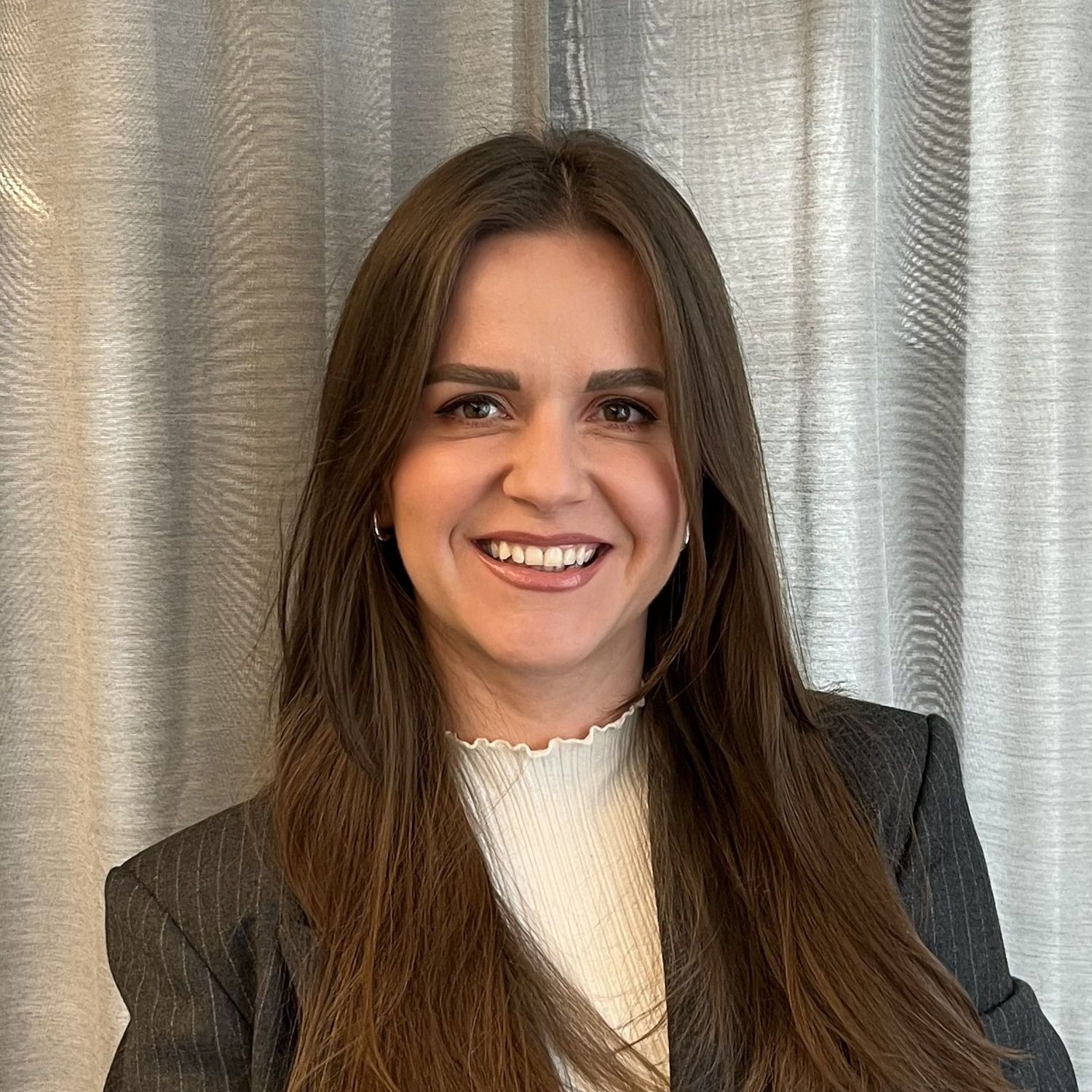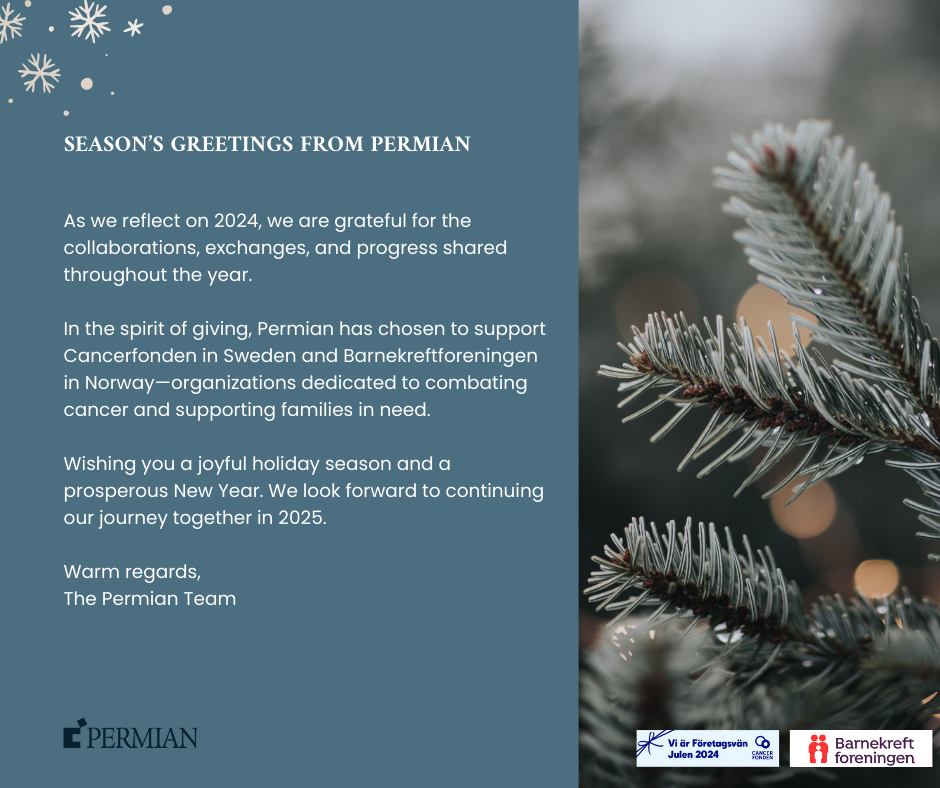
Navigating the SFDR Evolution: SFDR 2.0 and Its Implications for Fund Managers
The Sustainable Finance Disclosure Regulation (SFDR) has been a cornerstone of the EU’s sustainable finance framework, but its implementation has revealed challenges, particularly around product classification and transparency. In response, on 17 December 2024, the EU Platform on Sustainable Finance released a briefing note outlining a proposed new categorization system to provide clearer guidance and improve investor understanding.
This proposal is currently under review and has yet to become final legislation. However, with the SFDR revision scheduled for Q4 2025, fund managers must stay proactive in understanding and preparing for the new classification system. This article explores the proposed changes, insights from the ESAs’ joint opinion on SFDR, and what these developments mean for fund managers, investors, and the broader financial ecosystem.

Why the need for change?
Since the introduction of the SFDR, financial market participants have struggled with inconsistent interpretations of Article 6, 8, and 9 classifications, leading to market fragmentation and regulatory uncertainty. Investors, too, have found it difficult to distinguish between different sustainability strategies. The new proposal aims to introduce a structured and more transparent categorization system that better reflects the sustainability characteristics of financial products.
These concerns were also echoed in the European Supervisory Authorities’ (ESAs) joint opinion on SFDR, which emphasized the need for greater clarity, standardization, and alignment with EU Taxonomy requirements. The ESAs highlighted that many financial products were marketed under sustainability labels without meeting clearly defined criteria, raising risks of greenwashing. This aligns with the Platform’s proposal for a more structured system of classification.
The proposed new SFDR categories
The Platform proposes four distinct categories to replace the current Article 6, 8, and 9 frameworks. These are designed to provide a clearer link between a product’s sustainability objectives and the investment strategies it employs. The categories are Sustainable Products, Transition Products, ESG Collection Products, and Unclassified Products:
1. Sustainable products
Characteristics:
- Objective: Invest in economic activities or assets that are already environmentally and/or socially sustainable.
- Investment focus: A significant portion of investments should be aligned with the EU Taxonomy or be considered sustainable investments with no significant harmful activities (“DNSH”) for a minimum proportion of assets.
Minimum criteria:
- Taxonomy Alignment: If an economic activity is covered under the EU Taxonomy, it must meet its stricter criteria to qualify as a sustainable investment. The broader SFDR definition of sustainability can only be applied when the activity is not within the scope of the EU Taxonomy.
- Do No Significant Harm (DNSH): Non-Taxonomy investments must pass the Do No Significant Harm (DNSH) test, considering Principal Adverse Impacts (PAIs) relevant to the fund’s sustainability focus.
- More granular Principal Adverse Impacts (PAIs): funds might be required to report on a more granular basis with regards to PAIs, as managers will be expected to “explain deficient or poor PAI indicator performance and how this is in line with the principle that the remainder should not undermine the sustainability objective”.
- Exclusions: Compliance with the Paris-Aligned Benchmark (PAB) exclusionary criteria, which typically exclude activities like fossil fuel production and controversial weapons.
2. Transition products
Characteristics:
- Objective: Focus on investments in economic activities or assets that are not yet sustainable but are on a credible path to becoming sustainable over time.
- Investment focus: Support the transition to a net-zero and sustainable economy, aligning with the European Commission’s recommendations on facilitating financing for the transition to sustainability.
Minimum criteria:
- Transition commitment: Investments should have credible transition plans, such as science-based targets or alignment with Climate Transition Benchmarks (CTB). The option(s) committed to must be made binding elements of the investment strategy.
- Exclusions: Adherence to CTB exclusion criteria, which may include sectors or activities incompatible with transition objectives.
- Engagement strategy: Active engagement with investee companies to encourage the adoption and implementation of transition plans, including clear escalation and divestment strategies if progress is insufficient.
- Sustainability indicators reporting: Funds must report on sustainability indicators based on their committed transition focus, alongside with:
o EU Taxonomy alignment.
o All mandatory environmental PAIs if the focus is environmental transition.
o All mandatory social PAIs if the focus is social transition
o Both environmental and social PAIs if the fund targets both transitions simultaneously.
3. ESG collection products
Characteristics:
- Objective: Invest in assets with specific environmental, social, and governance (ESG) features, promoting certain sustainability characteristics without necessarily having a sustainable investment objective.
- Investment focus: Commit to one or more material sustainability features, such as effective reduction of the investment universe or investing in funds that are themselves sustainable or in transition.
Minimum criteria:
- Sustainability features: Implement binding elements in the investment strategy, such as:
o Reducing the investment universe by a significant percentage (e.g., 20%).
o Investing in companies committed to year-on-year sustainability improvements or those outperforming a reference benchmark.
o Engaging with companies lacking transition plans to establish credible strategies, including escalation and divestment policies.
- Exclusions: Meet minimum exclusion criteria, similar to those in the CTB, to avoid investments that could undermine the fund's sustainability features.
- Disclosure: The commitments must be binding on the investment strategy and have respective sustainability indicators. The funds must report on EU Taxonomy alignment and all mandatory principal adverse impacts (PAIs) relevant to the fund's sustainability focus.
4. Unclassified products
Financial products that do not meet the criteria for any of the above categories will fall under the Unclassified category. These funds must include a mandatory disclaimer, clearly stating:
- The product does not meet the standards for classification under the SFDR framework.
- Any ESG, sustainability, or transition-related features must only be disclosed in legal documentation and not marketed as part of the fund’s identity.
Additionally, all financial products, including unclassified ones, will be required to report on:
- Taxonomy alignment based on revenue and capital expenditures (CapEx).
- Principal Adverse Impacts (PAIs), including:
o Greenhouse gas (GHG) emissions.
o Carbon footprint.
o GHG intensity of investee companies.
o Alignment with UN Guiding Principles on Business and Human Rights (UNGPs).
Key implications for fund managers
The proposed categorization brings both challenges and opportunities for fund managers, particularly in terms of compliance, product positioning, and investor communication.
Benefits
- Improved clarity for investors: Clearer product differentiation should enhance investor trust and reduce greenwashing concerns.
- Greater alignment with the EU Taxonomy: The proposal integrates EU Taxonomy alignment as a key component, ensuring consistency across the sustainable finance framework.
- More strategic ESG positioning: Fund managers can more effectively market and differentiate their products based on well-defined sustainability criteria.
Challenges
- Increased reporting and compliance burden: Funds must provide clear disclosures on why they fit into a particular category, including measurable sustainability indicators.
- Transition risks for existing funds: Some Article 8 and 9 funds may need to reclassify under the new framework, requiring strategic adjustments.
- More rigid criteria for sustainability claims: Funds seeking to be classified as "Sustainable" or "Transition" must meet minimum exclusion thresholds and demonstrate compliance with the Do No Significant Harm principle.
What’s next? SFDR revision in 2025
Beyond the Platform’s proposal, the European Commission has officially scheduled a full revision of the SFDR framework for Q4 2025. Initially expected in Q2 2025, this timeline was pushed back due to prioritization of the Omnibus package, CSRD, and CS3D regulations. The upcoming revision is expected to address concerns raised in the ESAs' joint opinion, further aligning SFDR with broader EU sustainable finance policies.
How to stay ahead?
At Permian, we continuously monitor regulatory developments to keep our clients informed and prepared. Whether you need support in fund classification, SFDR disclosures, or compliance planning, our team is ready to help.
Key Contacts

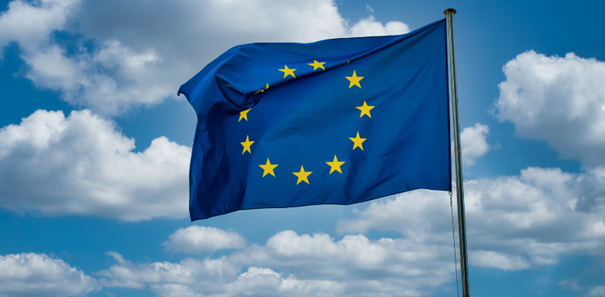

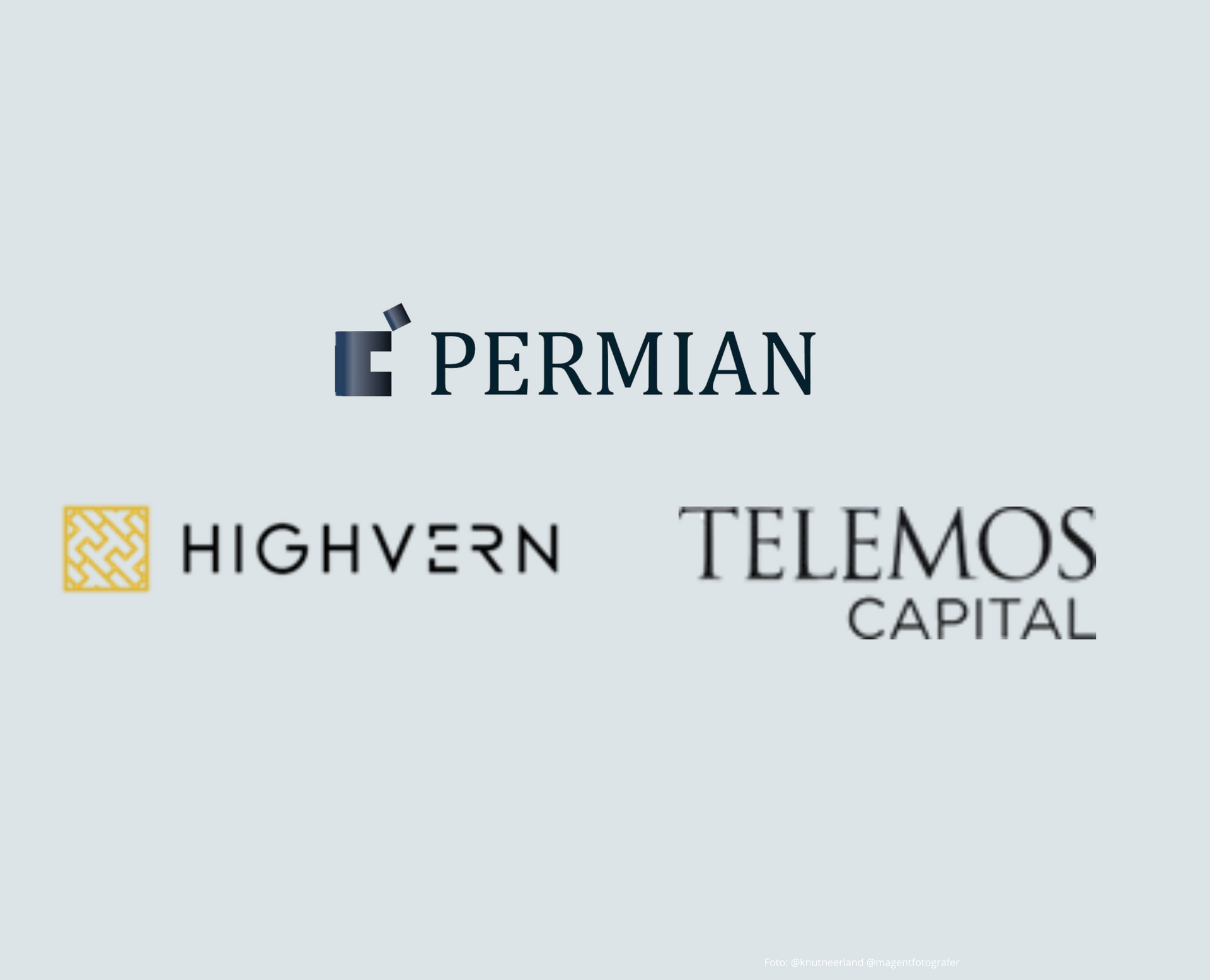
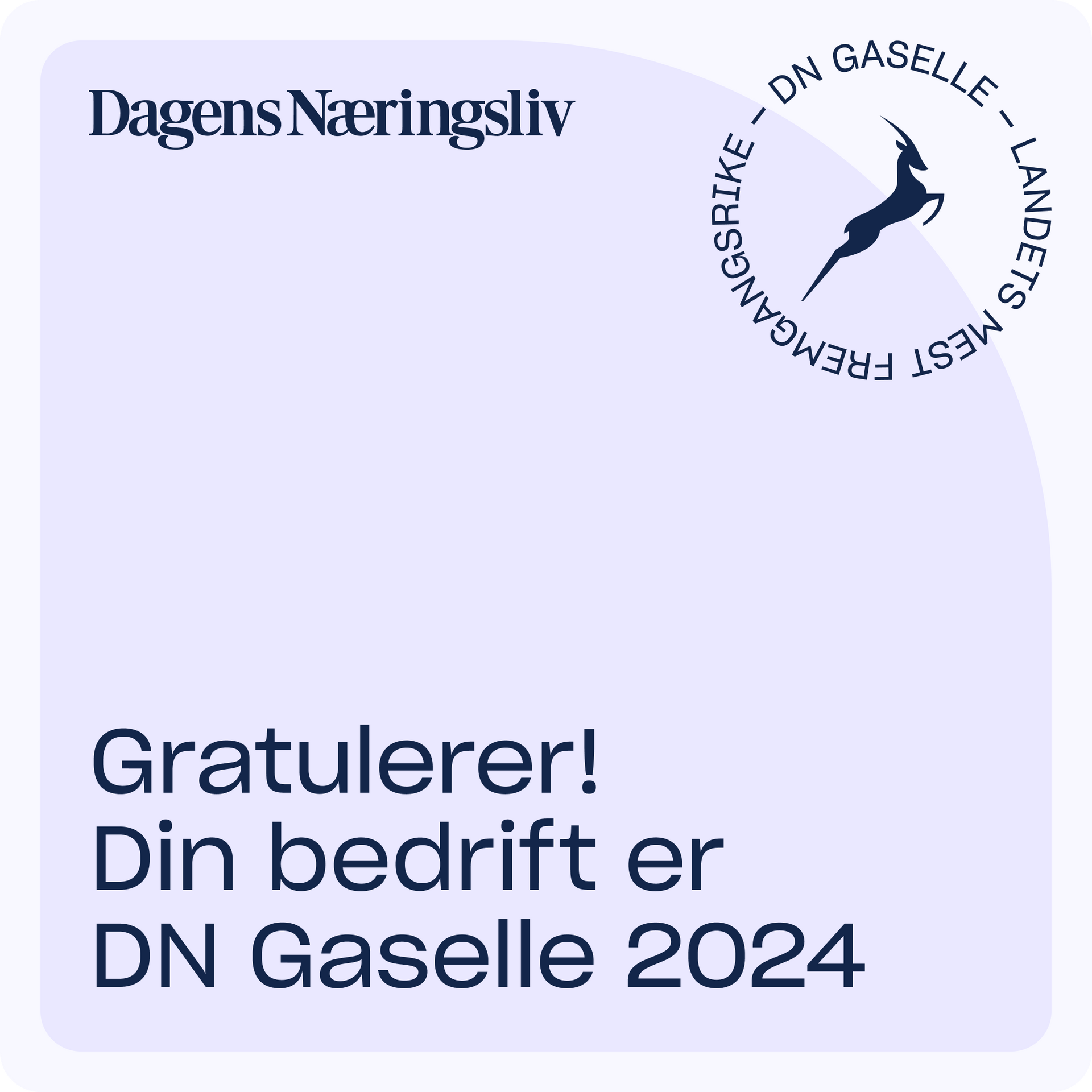
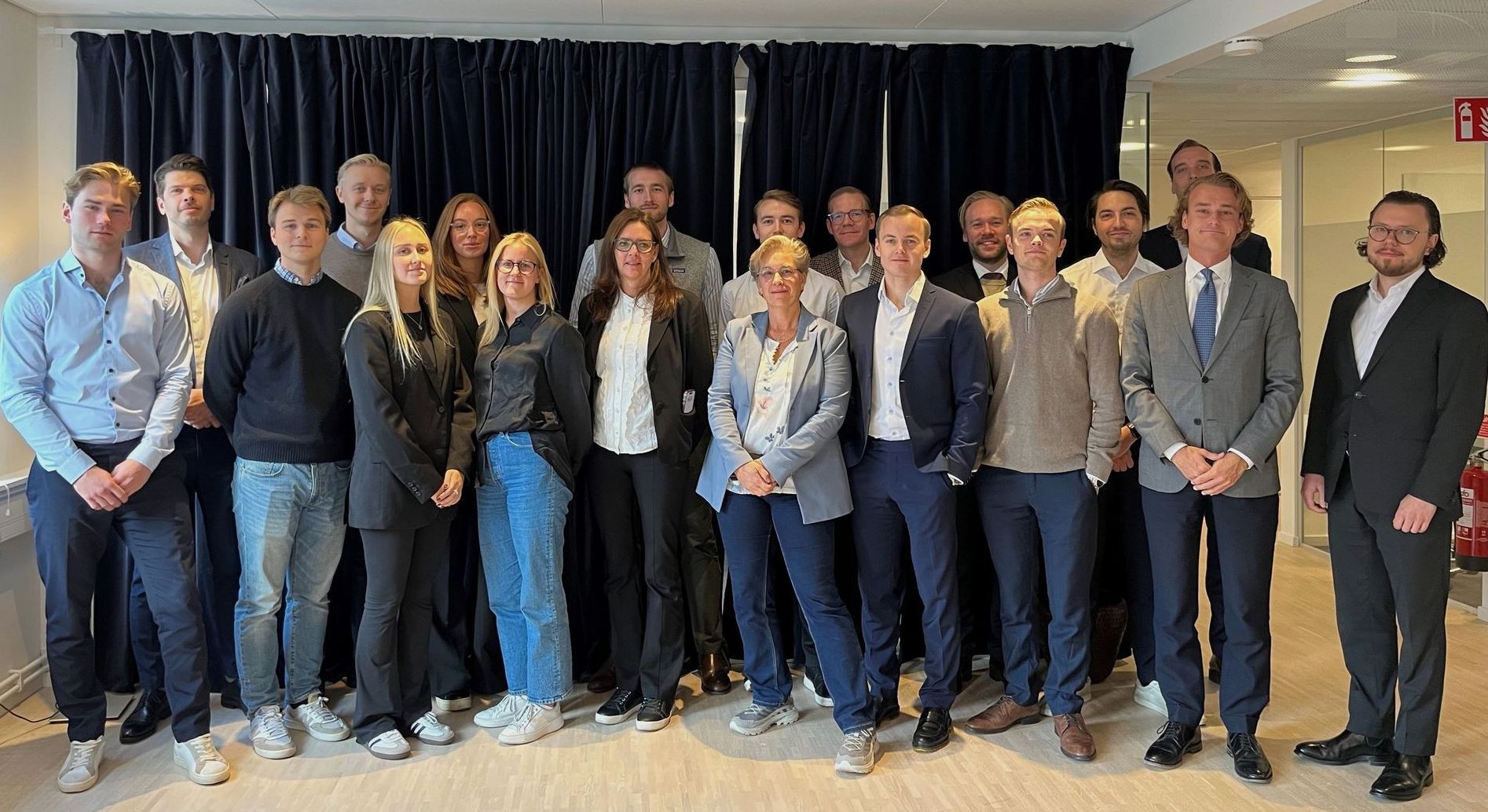
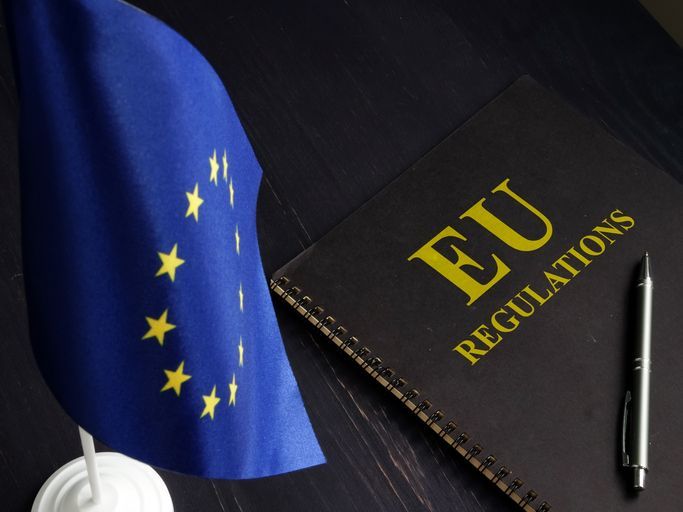

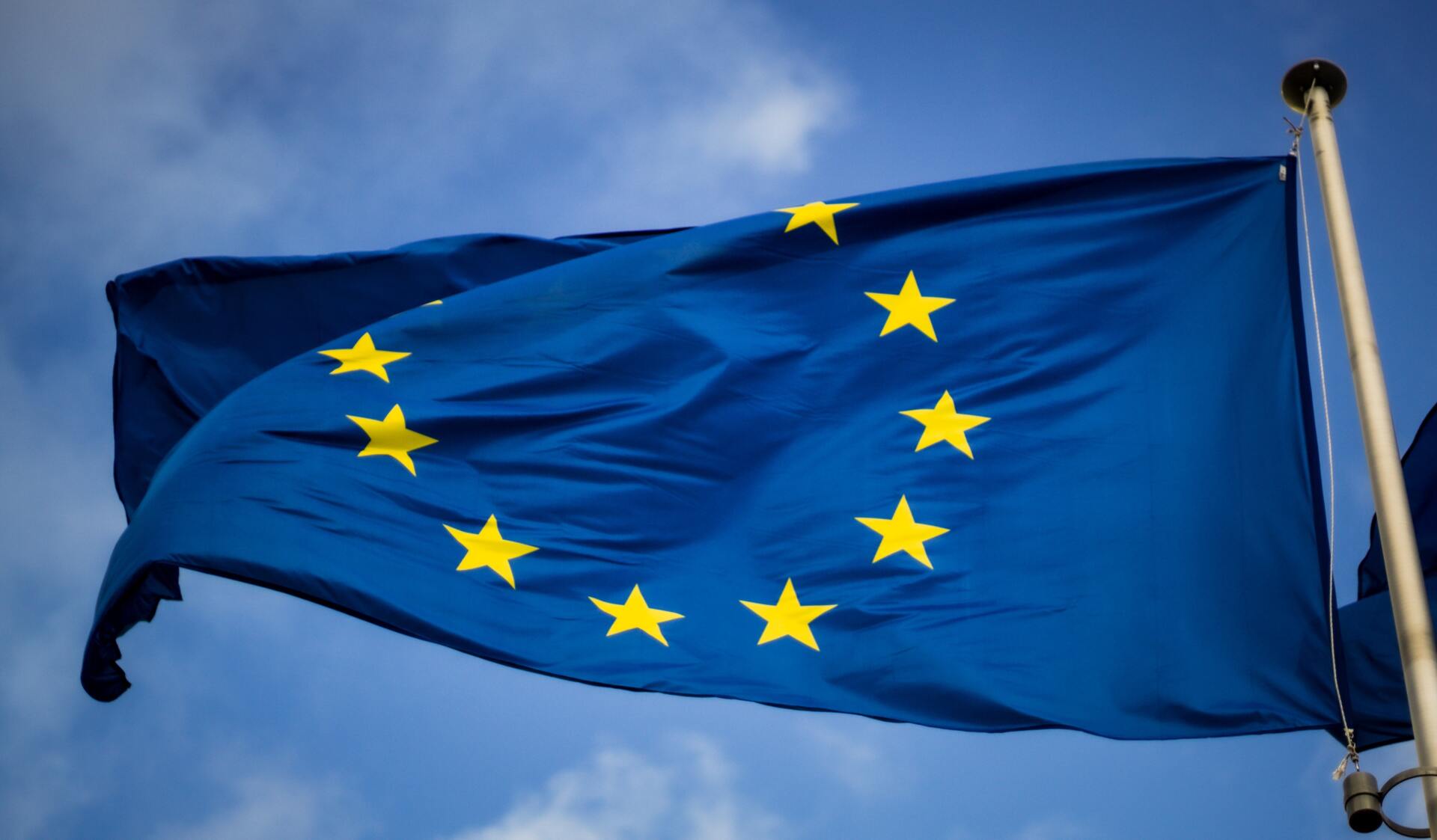

NavigatioN
Email us
You can also find us here:
Permian AS © 2024 | Made by Oase

